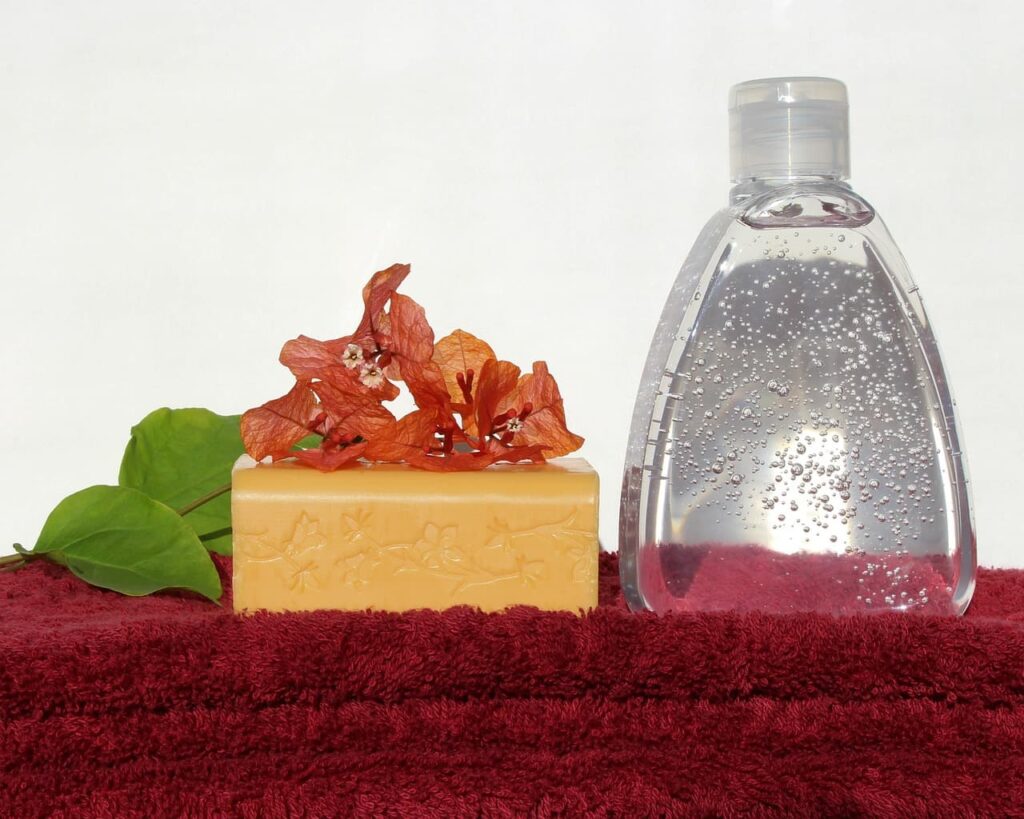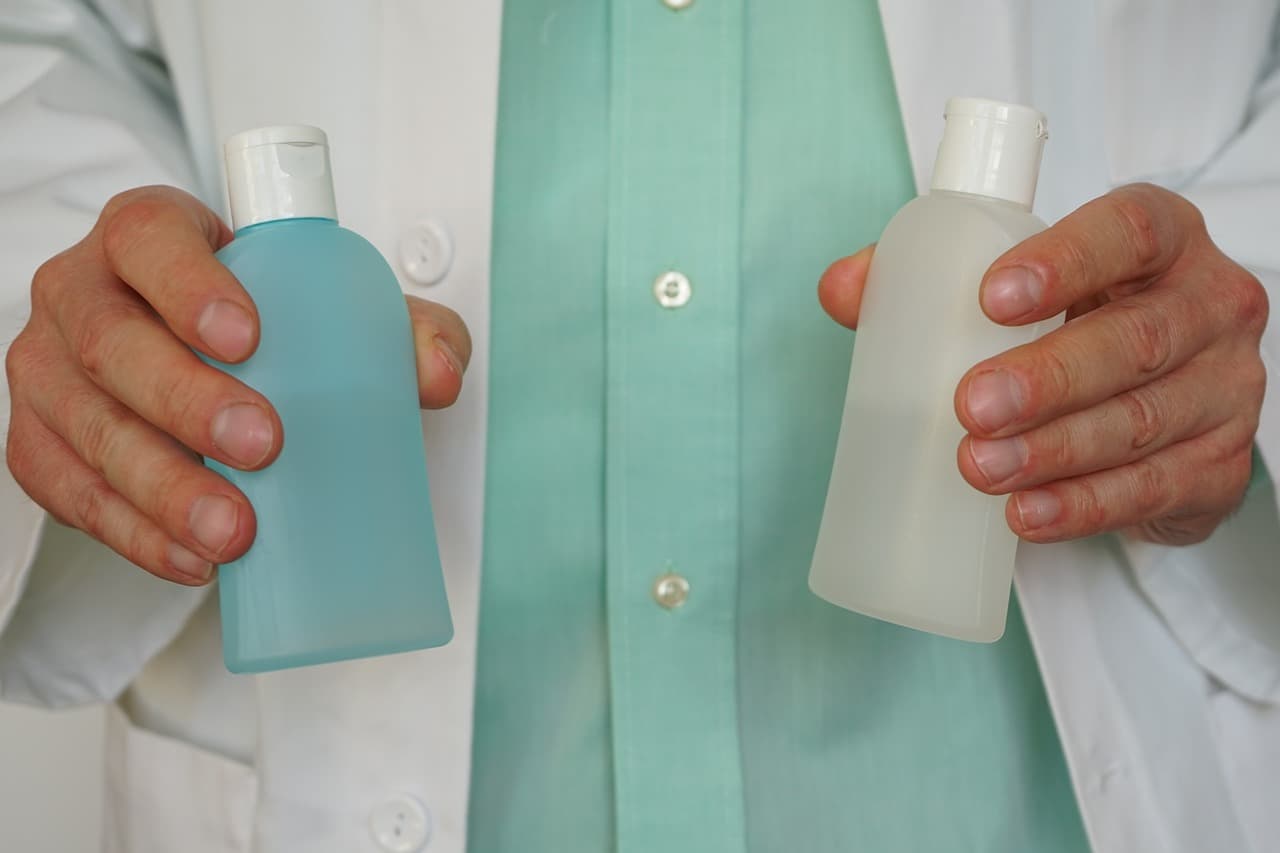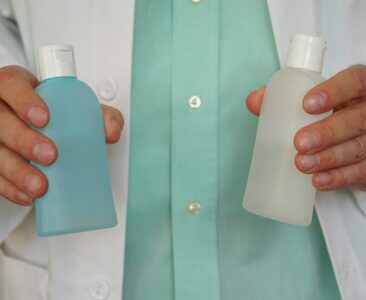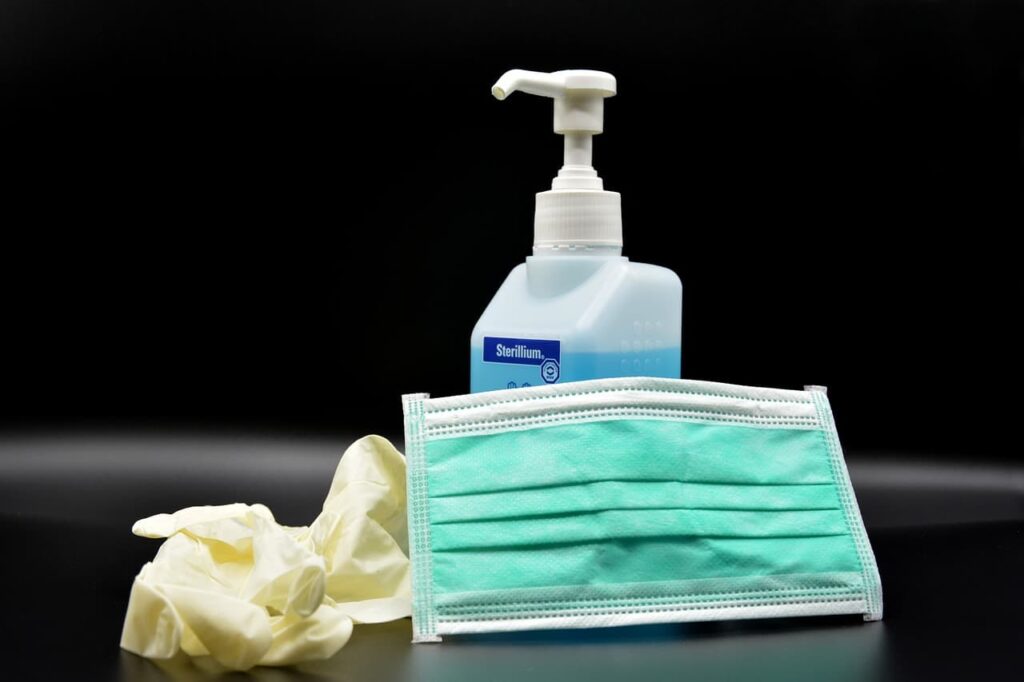Disinfection
By disinfection we mean the practice used in the medical, clinical and hygienic-environmental fields, which aims to destroy pathogenic microorganisms removed from sick people and healthy carriers and present in inanimate materials (so-called vehicles: water, air, food, consumer items, etc.). The purpose of disinfection is to prevent the survival and spread of microorganisms in the environment by reaching healthy susceptible individuals.
TYPES OF DISINFECTION
Disinfection is divided into continuous, episodic and periodic, terminal. Continuous disinfection is defined as a treatment that is systematically carried out at the patient’s bedside against secretions and excretions (urine, feces, sputum), as well as the consequences of use (utensils, linen, etc.), by which the agent eliminates the pathogen that maintains the current disease. Occasional and periodic disinfection is carried out in public areas (hospitals, schools, hotels, cinemas, etc.) and in vehicles (railroad cars, airplanes, ships, etc.) from time to time or even in connection with certain events (e.g. after an infectious disease such as pulmonary tuberculosis).
BACKGROUND
Disinfection remedied the tragedies caused by infections in the past: just think of the very serious epidemics caused by plague, cholera, yellow fever, etc. (see infectious, diseases). Even in the first half of the nineteenth century, wound suppuration made successful surgical interventions useless. The mortality rate in cases of amputation, for example, was 45%, and the percentage of women who died after childbirth due to postpartum infection was also very high (40%). In 1847, I. P. Zemmelweis, a Hungarian obstetrician operating in Vienna, after seeing his mothers die of postpartum sepsis because his assistants visited them after being in the operating room without continuing any hand disinfection practice, ordered all medical staff in his hospital’s ward to wash their hands thoroughly and then soak them in a solution of calcium chloride before each obstetrician visit or operation.
DISINFECTION MODE
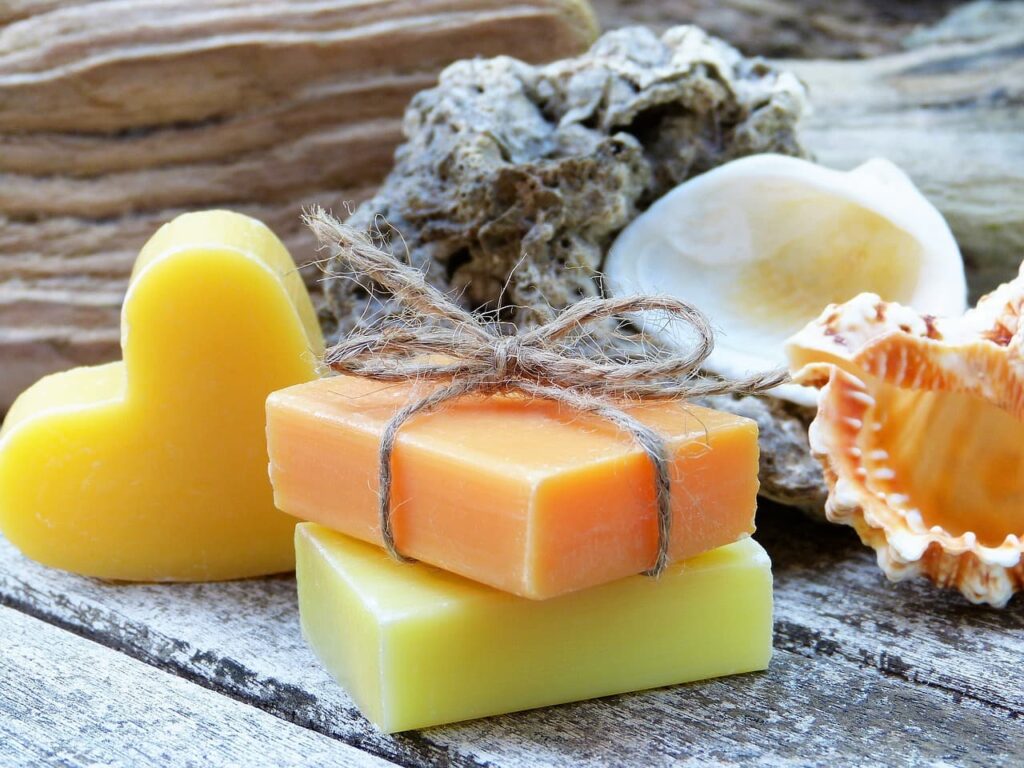
Disinfection can be carried out naturally and artificially. a) Natural agents. Outside the host organism, i.e. in the external world, pathogenic microorganisms are necessarily exposed to the harmful effects of various physical, chemical and biological factors, which are generally considered to be natural agents of destruction and whose intervention is to “actively prevent indirect reproduction.” Some infectious diseases, such as syphilis, meningitis, rubella, measles, are maintained by labile pathogens and are sensitive to the effects of the external world. The main factors are sunlight, temperature, and dilution. Sunlight, whose beneficial effects on the human body are well known (just think of its importance in the fight against rickets in children), also has a significant bactericidal effect, which is expressed through desiccation, i.e. the loss of water from the bacterial protoplasm with a subsequent harmful effect on their viability.
Pathogenic microbes have an optimal temperature for development, which often coincides with the temperature of the host (approximately 37°C): sudden changes in temperature adversely affect their vital activity and prevent their reproduction. Dilution is a natural phenomenon of considerable interest that can significantly reduce the risk of pathogens spreading in the environment; it is related to the concept of the minimum infectious dose for an organism: the more dilution microorganisms undergo in air, water, etc., the less likely they are to affect the organism in sufficient quantities to cause the onset of disease. b) Artificial means. Artificial disinfection can be performed by mechanical, chemical and physical means.
The traditional mechanical method is the filtration of liquids, which, passing through porous porcelain or cellulose candles, are separated from the microorganisms present. Among the various applications are the filtration of injectable antibiotic solutions, home water filtration (Fig. 2), air filtration using fabric, paper, glass wool filters, etc. Chemical disinfectants are substances that, when used in a gaseous state or in solution, have the ability to stop the growth of bacteria (reversible effect) or completely inactivate microorganisms (irreversible effect). The effectiveness depends on various parameters such as concentration, exposure time, ambient temperature, pH, and the presence of substances that can inhibit the disinfectant or protect microorganisms (Tables 1, 2, 3 show the main chemical disinfectants, their requirements and characteristics of the most commonly used ones).In this regard, it should be noted that chemical disinfectants are very effective in the fight against infectious diseases.
The main types of disinfectants
The main types of disinfectants are:
Ethyl alcohol is a very common disinfectant due to its easy availability on the market and low cost. It is found in concentrations of 60 to 75% on the market. It is used both for disinfection of surfaces and instruments (except for those in the operating room) and for disinfection of skin without wounds (or intact or uninjured skin as indicated on the label), for example, before an injection. Alternatively, propyl alcohol can also be used.
Sodium hypochlorite, available on the market in concentrations ranging from 1.5 to 15%, has an effective disinfectant effect against bacteria, viruses, molds, and spores even at low concentrations. It is also commonly known as bleach or bleach (3-5%), euchlorine, amuchin (1.5%). In concentrations between 5 and 10%, it can cause skin and eye irritation (as indicated on the label), while in concentrations above 10% it should be considered a corrosive agent: therefore, it must be used with extreme caution. Hypochlorite releases chlorine in the presence of acid, which is a poisonous gas; in contact with ammonia, it produces chloramine, which causes irritation; in contact with hydrogen peroxide, it releases oxygen (non-toxic), which cancels its disinfectant effect. For these reasons, sodium hypochlorite should not be mixed with other products to avoid undesirable effects on the health of operators.
Hydrogen peroxide acts on bacteria, spores, viruses, and yeast by a mechanism similar to hypochlorite, but less effective. It is widely available on the market in dilute form in various concentrations (from 3 to 12%). In diluted form, it is mainly used for disinfecting small wounds at home, in professional environments and in cosmetics (also as a bleach and bleaching agent). It is easily biodegradable (decomposition is evident by the swelling of the container) and should be stored in a cool place; when the concentration is 35%, it should be stored at 4°C and used with care as it is corrosive.
Quaternary ammonium compounds (QUATs), which are colorless and odorless, are widely used to disinfect surfaces and the environment (e.g. in canteens and food preparation areas). They are available on the market in concentrations of 1.5-2.5%; when they are more concentrated, they should be diluted in water before use and handled with care, as they are irritating and in some cases even corrosive to the skin and eyes. They can kill bacteria, most viruses, but usually not spores.
Due to its high efficiency against bacteria, fungi, viruses and spores, ethylene oxide is primarily used to sterilize surgical instruments, operating rooms and containers for medicines and/or food: the destruction of microorganisms is complete. At room temperature, it is a gas, and because it is flammable and toxic, only experienced personnel should handle it.
